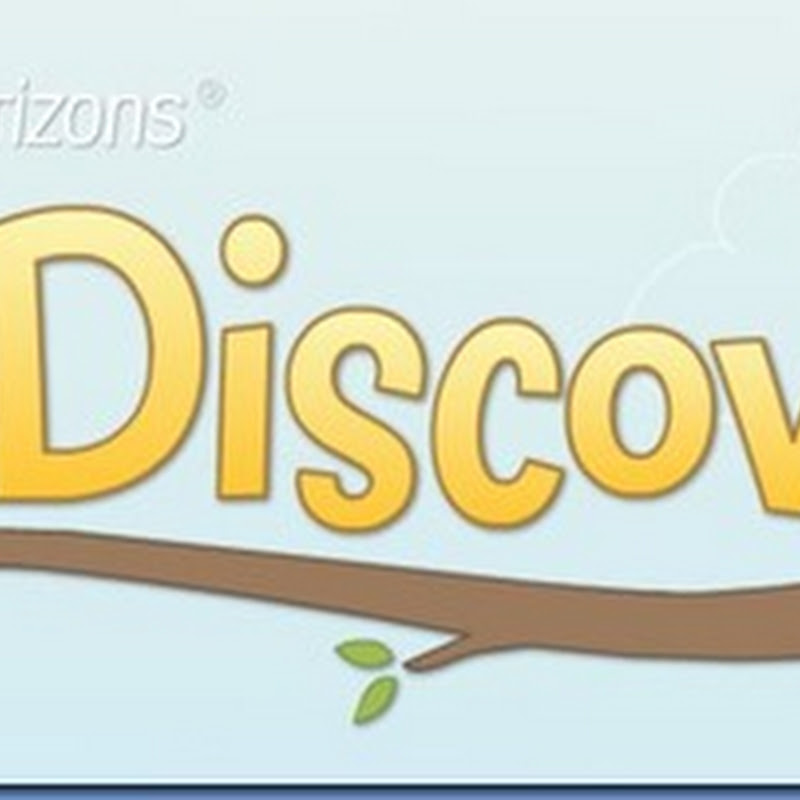Hello everyone. Every week or so I meet someone who says, "You're homeschooling, that's great BUT what do you do with the toddler while teaching the older kids?"
Well we do many things. First I'm "blanket training" with bins. Typically I use two large bins to hold a variety of activities and try to pick out something for every 'subject'. I lay out a blanket on the ground and let her choose one item at a time to play with while she sits on her blanket. At first she wouldn't stay on the blanket but now she's getting much bettter. The idea behind this is that I know she's not wandering around the house getting into whatever she finds. I know where she is and what she's doing. She doesn't need that much freedom yet anyways.
Also I usually have one art activity picked out for the day. At least once a day I play kids music and let her pick out instruments to play along with the songs or we dance (usually at the start of the day). For Bible I love the Character Builder Series from Alpha Omega. http://youtu.be/ZhalXHwVHQk
I am also slowly integrating the Letter of the Week Curriculum into her activities-the ones she can do without too much supervision and yet still begin the learn her letters and numbers.

This is a simple start to her schooling but a fun one. Happy homeschooling the tots!
Jenna
Well we do many things. First I'm "blanket training" with bins. Typically I use two large bins to hold a variety of activities and try to pick out something for every 'subject'. I lay out a blanket on the ground and let her choose one item at a time to play with while she sits on her blanket. At first she wouldn't stay on the blanket but now she's getting much bettter. The idea behind this is that I know she's not wandering around the house getting into whatever she finds. I know where she is and what she's doing. She doesn't need that much freedom yet anyways.
Also I usually have one art activity picked out for the day. At least once a day I play kids music and let her pick out instruments to play along with the songs or we dance (usually at the start of the day). For Bible I love the Character Builder Series from Alpha Omega. http://youtu.be/ZhalXHwVHQk
 |
| Lacing Beads from Doug and Melissa a tot favorite! |
 |
| Cheap bin filled with books, flashcards, musical instruments, and a sketcher. I let her pull out each item at a time. She usually plays with each for about 10min at the most. |
 |
| Putting straws in the top of a can for eye-hand coordination practice. |
 |
| Books and puzzles always work great. |
 | ||||
| Another bin filled with her favorite toys. We're still getting into a rhythem but this seems to working great for both. She likes being around us while we work and she works. |

This is a simple start to her schooling but a fun one. Happy homeschooling the tots!
Jenna




























































